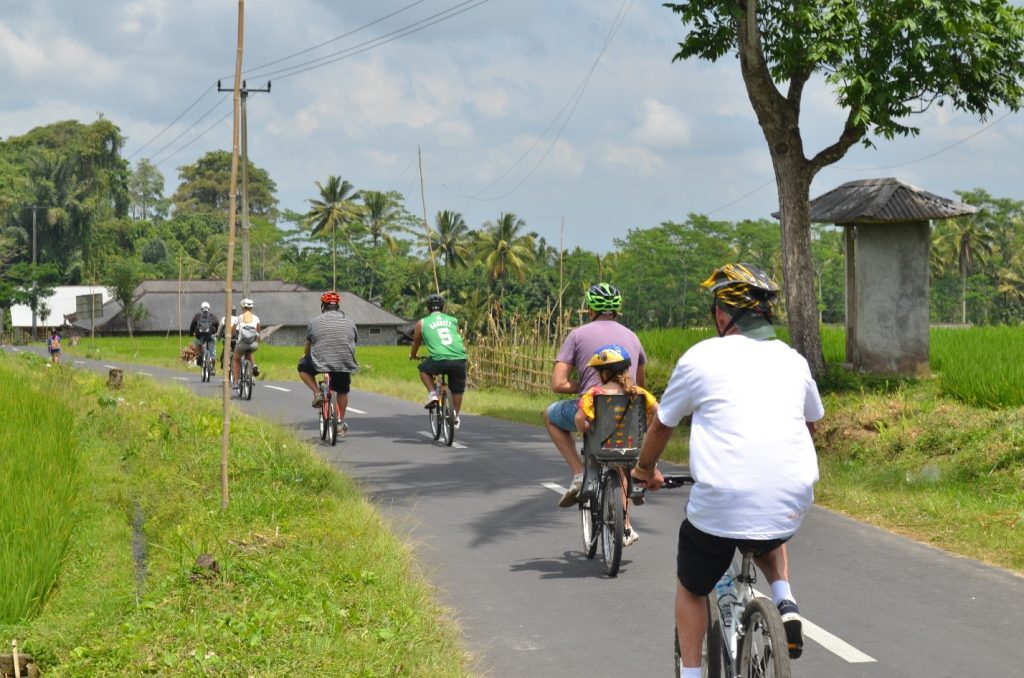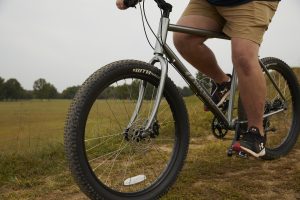Bike commuting opens a whole new world of possibilities. With a bicycle, suddenly, you can travel farther and faster than you can on foot—no bus or train schedules to pay to get you where you want to go. Not only are bicycles much cheaper to buy than cars, but the only fuel a bicycle needs is pedalling. Cycling as a daily mode of transportation is good for both the planet and your health. Simply put, commuting by cycle is synonymous with freedom.
The hardest part about bike commuting is when you start. That’s why we’ve rounded up our favourite tips for beginner bikers and commutersto to help you get started on your journey.
Practice Makes Perfect:
If you rode a bike a long time ago (many people who jump on adult bikes haven’t ridden since they were kids, so you’re not alone), get on your bike before rush hour hits. Time to get used to the bike! Practice using the controls, cornering, stopping, and launching so you’re well prepared and comfortable on your bike when you start your commute.
Stay safe and show yourself:
Probably the most important piece of advice we can offer. Light changes during the day can wreak havoc on a rider’s vision, and if you’re wearing dark-colored clothing and no lights on your bike, immersion in shadows can make it very difficult to see. Let’s do this – the importance of being visible from a distance while traveling can’t be overemphasized.
Check your bike safety:
If you already own a bike, the first thing you should do before riding it is to do a safety check. Bikes built for general transit and commuting are generally very sturdy, but if the bike has just been parked in a garage, there are still some parts that can wear or degrade over time.
Even if your bike is new, it makes sense to double-check that everything is set up correctly, especially if you have one bought online or used. Prevention is always better than cure.
Be conscious in traffic:
Be careful, even if you are entitled to use the space like any other road user. Knowing how to drive safely in traffic is essential. Let’s say your car door is open to keep a good distance between you and a parked car.
Similarly, don’t drive into the gutter right next to the curb. It’s usually littered with holes, debris, and other scary things that can cause punctures and accidents. It can also encourage drivers to attempt dangerous overtaking maneuvers. Filtering traffic is fine if it’s safe but be careful not to put yourself in the driver’s blind spot.
If possible, you should pass on the driver’s side, but if you must pass inside your vehicle, be aware of side roads and curves. If you’re in a driver’s blind spot, they may not see you and may turn in front of you without warning. The safest thing to do is avoid that situation in the first place.
It is also essential to pay special attention to trucks, buses, lorries, and vans. These vehicles often have significant blind spots, so don’t filter inside or get too close. Be patient and don’t miss your chance even if the traffic is stuck.
Give yourself time:
If you regularly get stuck in traffic or must wait late for public transport on your commute, you may find that commuting by bike is faster. However, it’s still reasonable to set aside enough time to surf at a slow pace.
Too little time left makes you want to rush to work. It might be good for fitness, but you’ll arrive sweating, and your heart rate will skyrocket. It’s also probably more dangerous. Additionally, you’ll need some leeway if your tire isn’t tubeless and you need to repair a puncture while biking to work. It doesn’t matter how good a rider you are; you want to give yourself enough space and time to react to other road users. The most important thing is to get to the office safely.
Don’t jump red lights or break highway codes even when you’re in a hurry.
Lock the Bike:
Bicycle theft cannot be prevented 100%. However, steps can be taken to reduce the risk of theft. Here are some essential tips:
- Acquire the appropriate locks. Most bike locks have ratings. Look and get what you feel comfortable with.
- Be aware of your location. Lock your bike to an object you cannot cut or move and ensure the area is well lit.
- If your wheels and seat posts are quick-release, get skewers and locking collars, or lock the wheels individually with safety cables to remove the saddle.
- Remove all accessories from the bicycle that are not attached to the bicycle.
- If you can’t easily change your bike, don’t leave your bike.
Use Signals:
Drivers who do not use signs regularly cause traffic accidents. The same goes for bicycles. Do not assume that other road users know your intentions from your position on the road. Using strong hand signals before maneuvers can help avoid confusion and help people plan their next move properly.
What’s your favorite commuter bike?
The type of bike you use to commute depends on several factors, including distance traveled, terrain, where you live, and your bike preference. To make your decision easier, we’ve done our best to explain how eight common types of bikes cost when used for commuting.
Most bikes can become great commuters with just a few changes: full-length fenders to keep out bad weather, load-carrying capacity, and the addition of lights for year-round visibility.
With these reasonable modifications, your simple bike could be a great choice for a revival as a commuter. We hope the above tips help you prepare for your daily commute. Once you feel confident on the road, biking to work is, without a doubt, the most enjoyable way to travel.
Words for you!
At ZIZE BIKES we have formalized perfect bikes for commuting for every size and for big people as one. Visit our site to find a perfect match to make your commuting journey fun.







